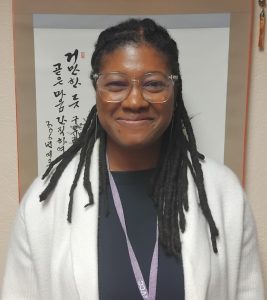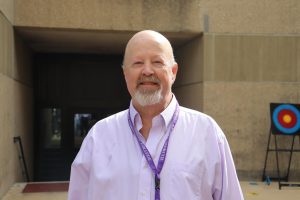Representation Matters: Broadway and LGBTQA+
November 29, 2018
Nowhere, aside from perhaps YouTube or any fan fiction website, is there so much representation for the LGBTQA+ community besides Broadway.
There are obvious, loud examples with their own movies like “The Rocky Horror how” and “Rent,” but Broadway also has hidden gems that showcase the complexities of hardships juxtaposed with the smallest thrills that make everyday life worth living.
“Falsettos” (1992) is a gripping example of this paradox.
The story follows a man named Marvin, his ex-wife, his boyfriend, his therapist who is his ex-wife’s new husband, his friends who describe themselves as “the lesbians from nextdoor” and his son to whom they all become parents.
The twists and turns of the family ties kick off the first act set in the late 1970s, and the second act ends in the deadly grip of the AIDS crisis set in the 1980s.
The show is lively and danceable, and it is a sincere love story between Marvin and his boyfriend, but the audience witnesses the fear of the AIDS crisis and the heartbreak that comes with faking a relationship for heteronormativity as Marvin had with his ex-wife.
LGBTQA+ characters like this that aren’t made out to be jokes have thankfully spawned more and more over the recent decades.
IVCC stage director Don Grant Zellmer commented, “As we’ve progressed in our ability to accept more facts and accept many lifestyles, I think the mainstream public has come to accept a lot of us, and it’s not treated as the butt of a joke. Because it used to be, if there was a gay character, he was fussy and flitty and kind of the butt of a joke… but as we’ve become enlightened we’ve seen more gay characters emerge.”
He also recalled “La Cage aux Folles” (1983) as the first large-scale production that he could remember that celebrated the LGBTQA+ community. It followed a gay couple that never showed any physical affection aside from linking arms in the end, but whose love for each other was clear.
This positive representation is helping LGBTQA+ youth to come out and find acceptance, but Broadway does not have as far a reach as movies or television.
However, mental health therapist Christine Caputo did mention that some of her patients were abuzz at the 2018 Thanksgiving Day Parade preview of the Broadway musical “The Prom,” which showed a same sex couple kissing on live television.
But one instance of representation is not enough to normalize LGBTQA+ centered media in conservative minds.
Caputo said, “I think that a lot of kids have a support system… but I also work with [children] that don’t have that kind of support. I think it’s getting better within our culture, but its not nearly to a point where its completely accepting… I think there’s still a lot of ignorance—people who don’t know or understand or don’t want to.”
But an account from local thespian Bailey Banks shines a hopeful spotlight on the future:
“Through the years I have identified as pansexual, queer—because I did not want to put a label on myself—and I eventually fell on bisexual as a label because it is easiest to explain, and it grows tiresome trying to explain who I love because it draws attention to a part of me that does not define who I am overall.
“I turned to the theatre community originally because I felt a calling towards singing and emoting at the same time. However, I did not realize that my individual growth would be eased by surrounding myself with other people who were so selflessly themselves. It was refreshing and beautiful.
“You see openly bisexual [Broadway] actors like Alan Cumming or actors who have struggled to get where they are like Marlee Matlin and Lauren Ridloff, who are both deaf, and it reminds you that sexually fluid or not, people are people, and everyone is more common than they notice.



